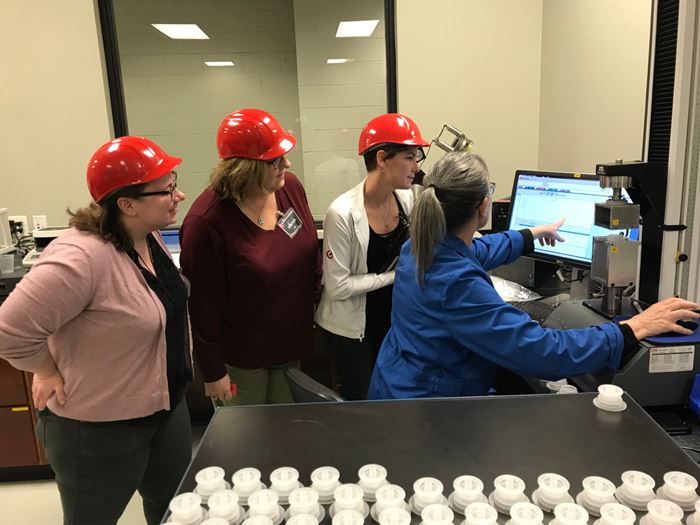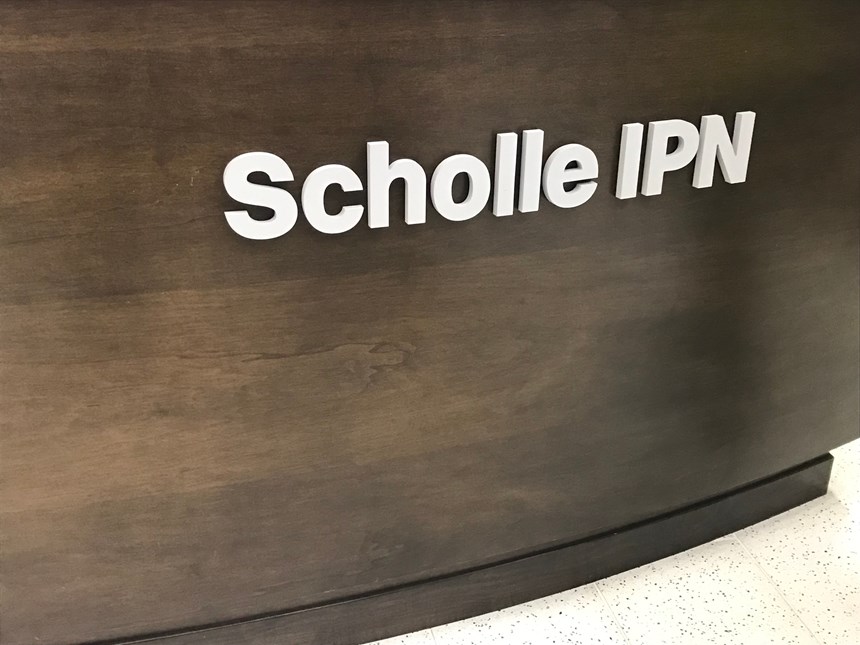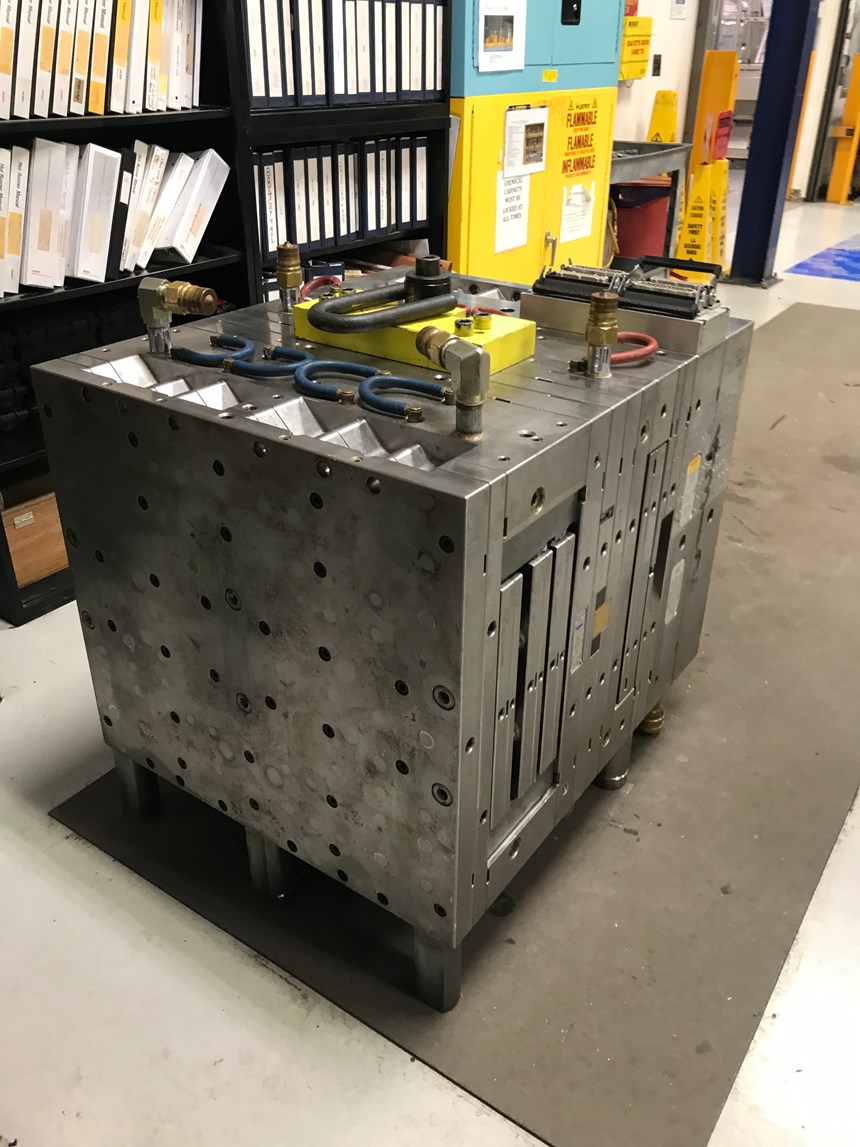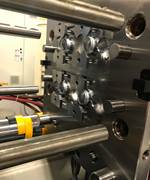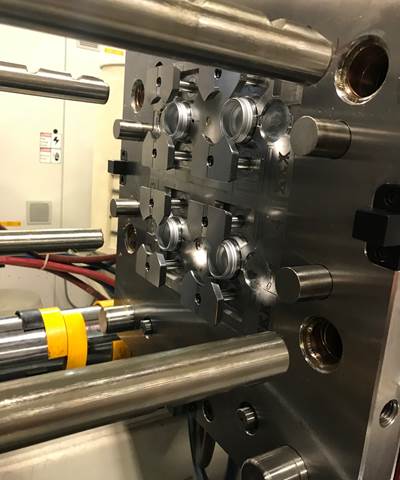Want to Know How We Got to Industry 4.0?
Don Smith, Senior Tooling Manager with Scholle IPN North America, shares a quick history lesson on how we went from Industry 1.0 to Industry 4.0.
Working with Don Smith, Senior Tooling Manager with Scholle IPN North America, on a feature that shares this packaging company’s definition and use of Tooling 4.0 also afforded me a lesson in how we arrived at Industry 4.0. Read his timeline below:
Industry 1.0 (factories). By the beginning of the 19th century, manufacturing began to change dramatically with the introduction of Industry 1.0, and from there, operations rapidly developed. In the 1800s, industry developed water and steam-powered machines to aid workers. As production capabilities increased, business also grew from individual owners taking care of their own (and maybe their neighbors), which then turned into organizations with owners, managers, and employees serving customers.
Industry 2.0 (automobiles). By the beginning of the 20th century, electricity became the primary source of power because it was easier to use than water and steam and enabled businesses to concentrate power sources to individual machines. Eventually, technology developers designed machines with their power sources, making them more portable. During this time, companies also started using management programs that increased the efficiency and effectiveness of manufacturing facilities. Also, a division of labor, where each worker does a part of the total job, increased productivity, and mass production of goods using assembly lines became commonplace. American mechanical engineer Frederick Taylor introduced approaches to studying jobs to optimize worker and workplace methods. Lastly, just-in-time and lean manufacturing principles further refined how manufacturers could improve quality and output.
Industry 3.0 Post WWII (computers). In the last few decades of the 20th century, the invention and manufacture of electronic devices, such as the transistor and, later, integrated circuit chips, made it possible to more fully automate individual machines to supplement or replace operators. This period also spawned the development of software systems to capitalize on electronic hardware. Integrated systems, such as material requirements planning, were superseded by enterprise resources planning tools that enabled humans to plan, schedule and track product flows through the factory. Pressure to reduce costs caused many manufacturers to move component and assembly operations to low-cost countries. The extended geographic dispersion resulted in the formalization of supply chain management.
Industry 4.0 (data). In the 21st century, Industry 4.0 connects the internet of things (IoT) with manufacturing techniques to enable systems to share information, analyze it and use it to guide intelligent actions. It also incorporates cutting-edge technologies including additive manufacturing, robotics, artificial intelligence and other cognitive technologies, advanced materials and augmented reality, according to the article “Industry 4.0 and Manufacturing Ecosystems” by Deloitte University Press. The development of new technology has been a primary driver of the movement to Industry 4.0. Some of the programs first developed during the later stages of the 20th century were farsighted concepts that lacked the technology needed to make their complete implementation possible. Now, Industry 4.0 can help these programs reach their full potential.
An example of machine-to-machine communication and true intelligent closed-loop molding is a MacroPower 850/8800 machine producing a spoiler with a cavity mold from HRSflow that includes five servo-valve gates and several cavity sensors. Add on a Wittman 4.0 integrated with a hot runner, HiQ-Melt, HiQ-Flow and HiQ-Cushion technologies to this cell, and everything is linked together to control the entire molding process from resin mixing to rejecting a part at the press. The tooling side of 4.0 technology involves sensors to measure cavity pressure and temperature, for example.
Related Content
Making Mentoring Work | MMT Chat Part 2
Three of the TK Mold and Engineering team in Romeo, Michigan join me for Part 2 of this MMT Chat on mentorship by sharing how the AMBA’s Meet a Mentor Program works, lessons learned (and applied) and the way your shop can join this effort.
Read MoreMold Design Review: The Complete Checklist
Gerardo (Jerry) Miranda III, former global tooling manager for Oakley sunglasses, reshares his complete mold design checklist, an essential part of the product time and cost-to-market process.
Read MoreThe Trifecta of Competitive Toolmaking
Process, technology and people form the foundations of the business philosophy in place at Eifel Mold & Engineering.
Read MoreDynamic Tool Corporation – Creating the Team to Move Moldmaking Into the Future
For 40+ years, Dynamic Tool Corp. has offered precision tooling, emphasizing education, mentoring and innovation. The company is committed to excellence, integrity, safety and customer service, as well as inspiring growth and quality in manufacturing.
Read MoreRead Next
Tooling 4.0: Connecting Industry 4.0 Technology to Your Molds and Molding Process
A packaging supplier applies Industry 4.0 technology to its injection molds so that components talk to each another to understand the dynamics of what is happening inside the mold.
Read MoreMold Building Stats Improve Performance
Mold manufacturing is a numbers game rooted in measurement and data tracking to continuously improve.
Read MoreReasons to Use Fiber Lasers for Mold Cleaning
Fiber lasers offer a simplicity, speed, control and portability, minimizing mold cleaning risks.
Read More

